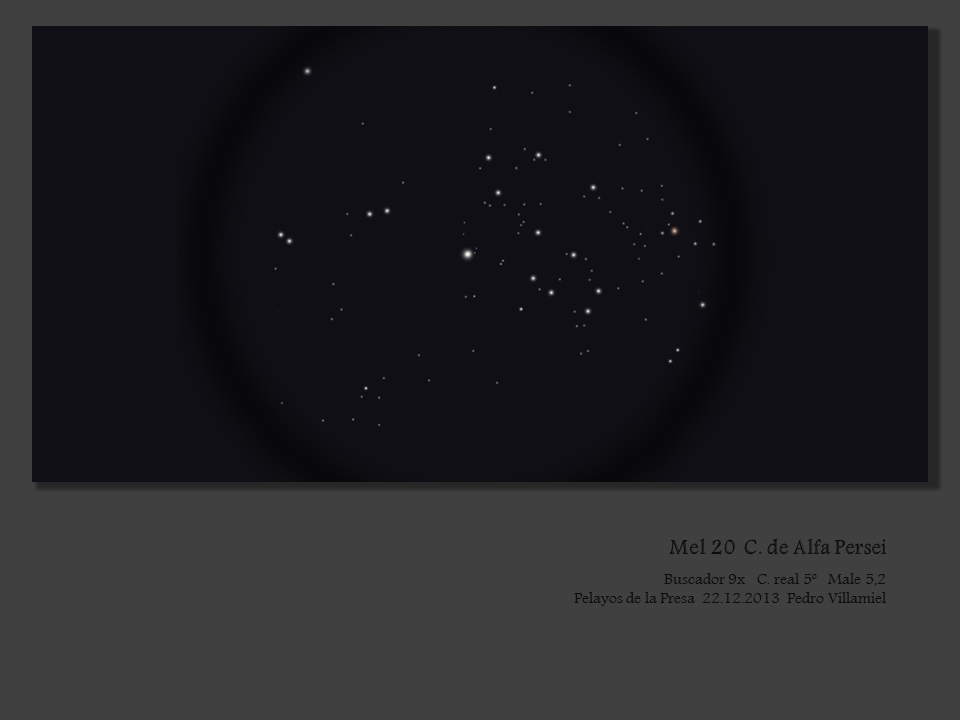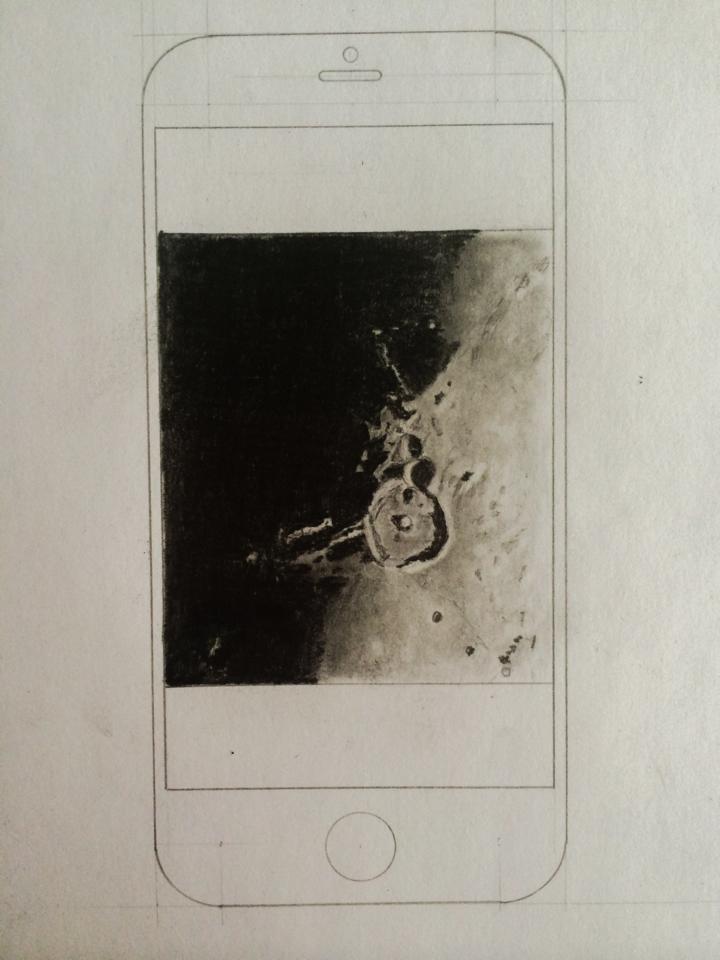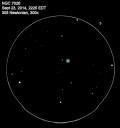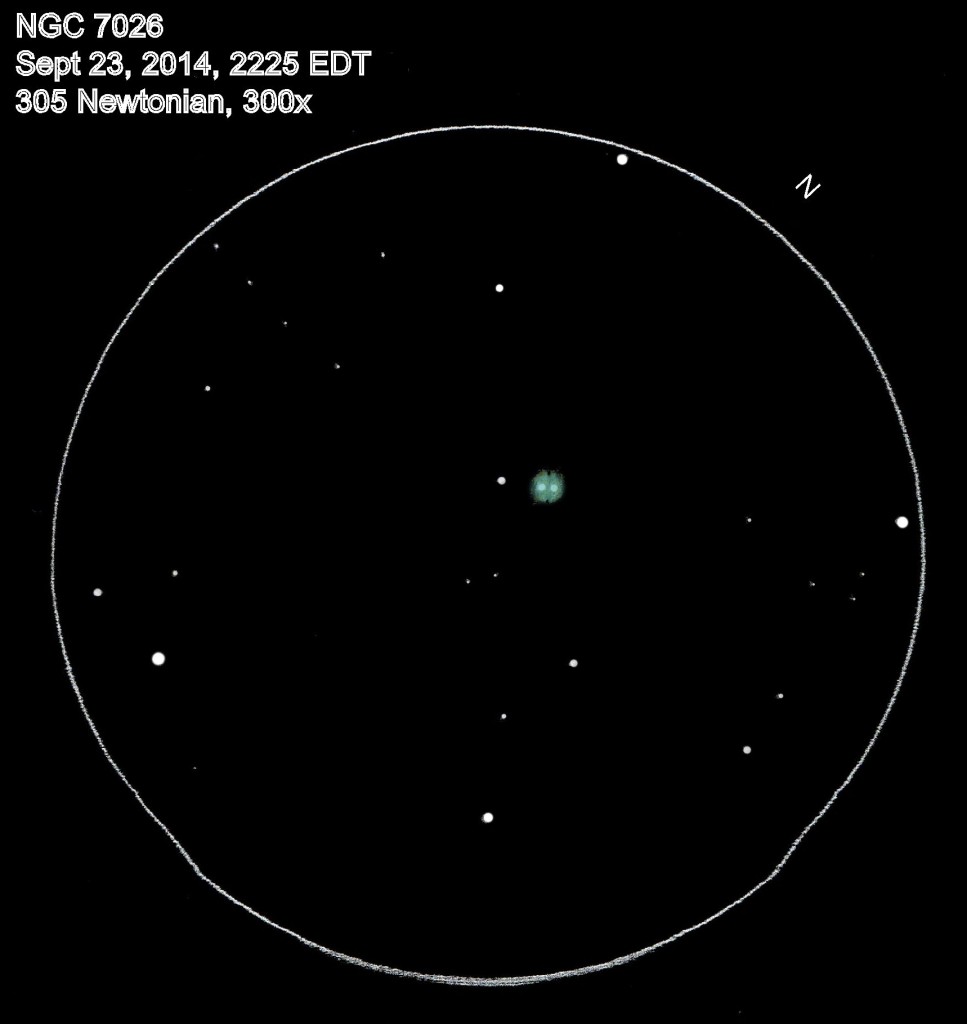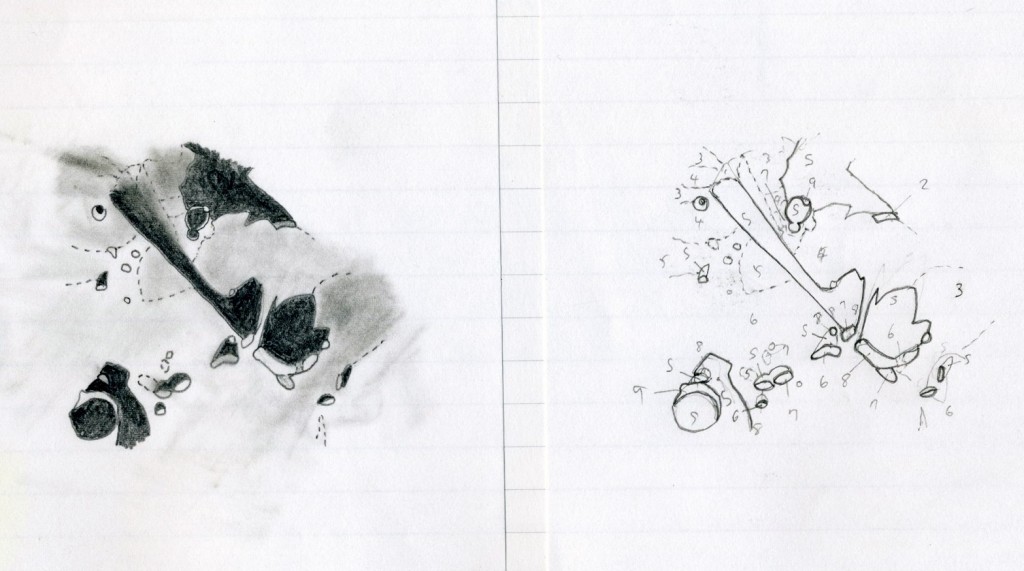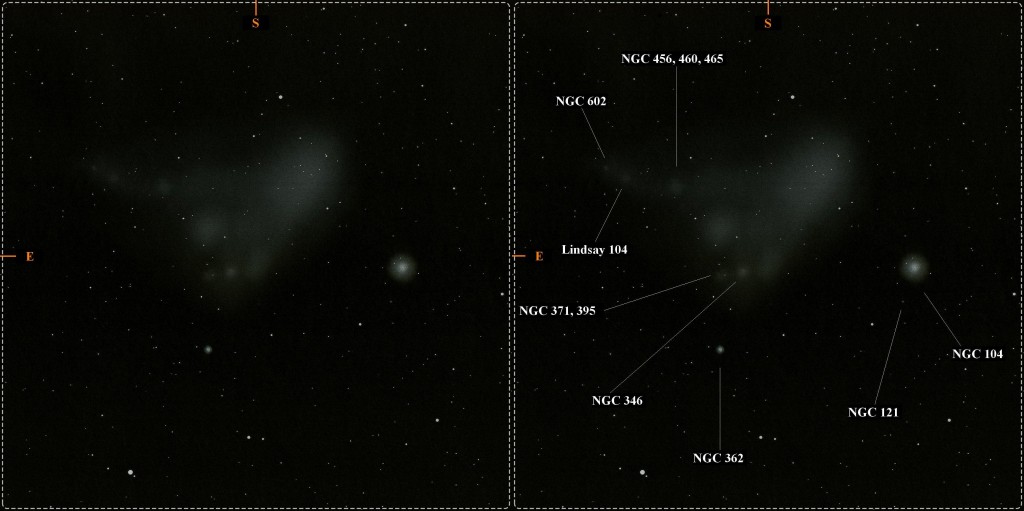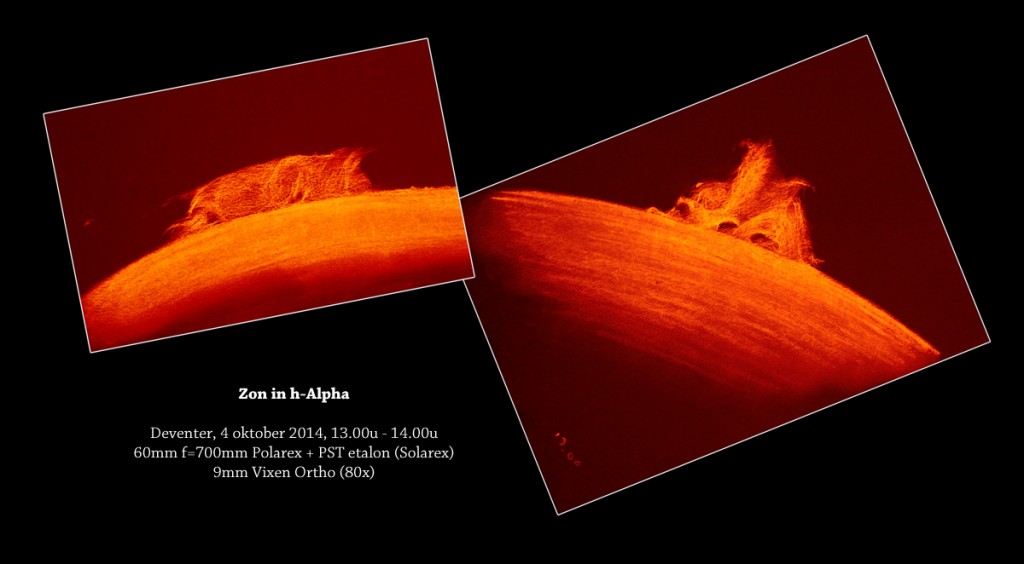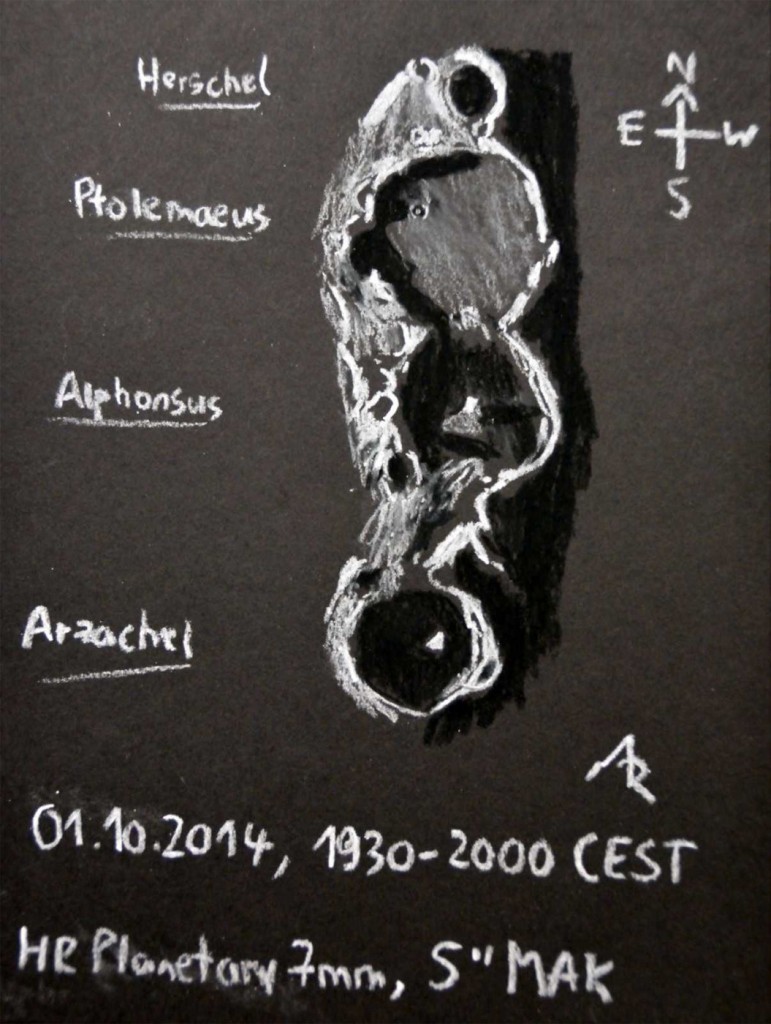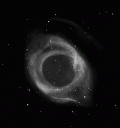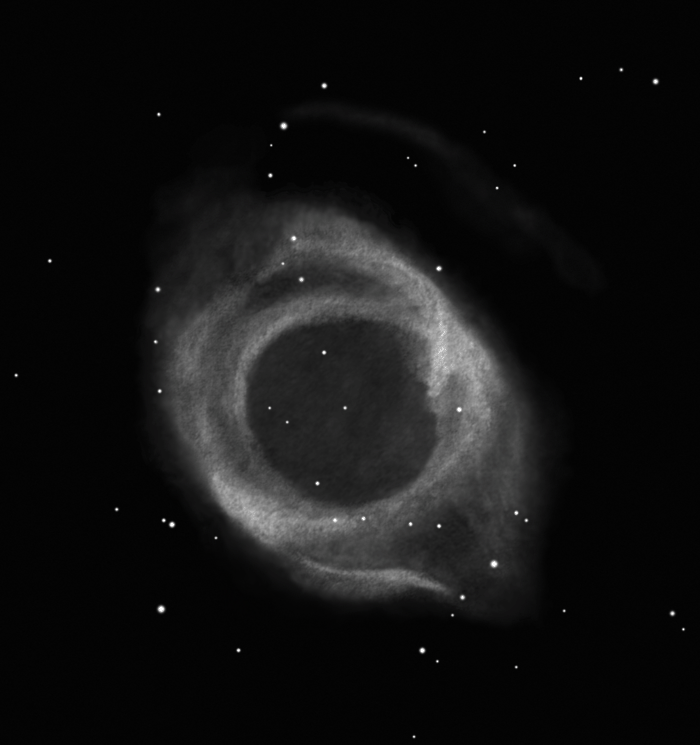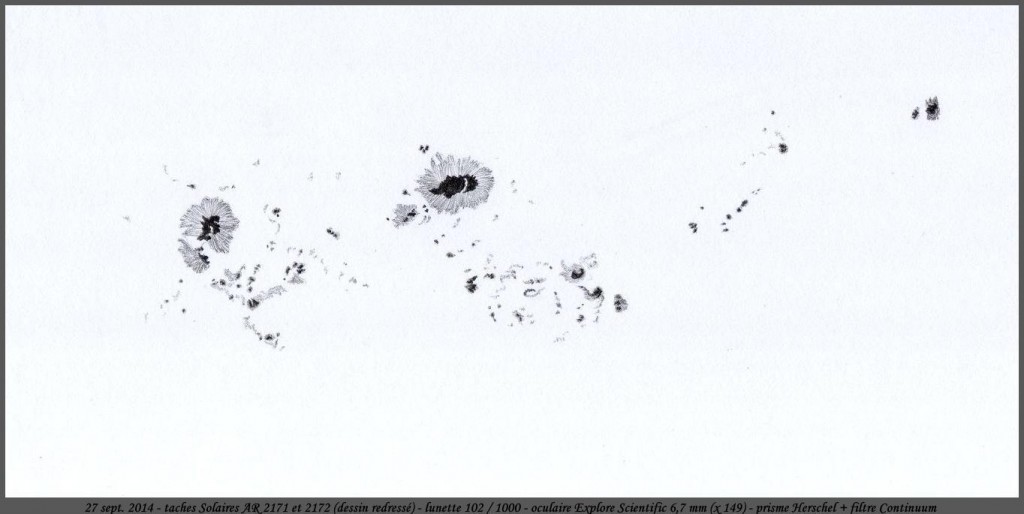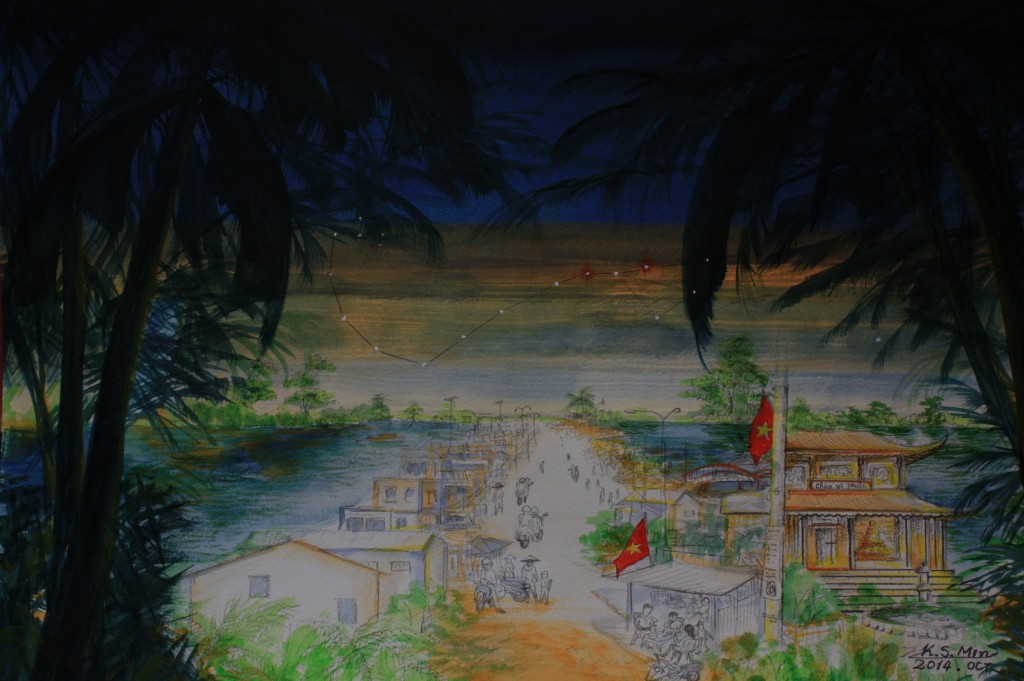
Last month my family visited the home town in southern Vietnam where (my) wife’s mother lives. Several days and nights passed too fast as (they) always did to appreciate enough the tropical life and nature. The feeling of daily life here is always bright , busy, active,pleasant ,greenish,abundant and warm and noisy, the sun shines far intensely than in Korea, every roads every rivers flooding with motorcycles , boats , peoples, …. One late afternoon we visited a near temple to pray, have a conversation with a Buddhist priest ,rest until the sun set and ate noodles in a small restaurant near the temple . When the darkness spread on the west horizon where still remained in vermillion hue, I could see the magnificent Scorpion in full of stars, constellation rising 40 degree altitude which I always could only see the scorpions head in Korea, my location. Reaching mother’s house I aimed my hand binocular at the scorpion’s tail and I saw 7-8 globular, 8-10 open clusters. On the other nights I saw the Sirius hang on almost 75 degree altitude and the Altair hang on the zenith. I love Vietnamise song much, that helps artwork,astronomy together . —————-
Object; Constellation scorpio
Observe/ Sketch for 2 hours; (September) 9, 2014
Water color painting for 4 hours ; (September) 10, 2014
naked eye (with eyeglasses) , x1 power
Location ; Southern Vietnam ,T.P.Cantho near Equator [ ca 5 degree N]
White paper [50 x35 cm] with pencils , watercolors with brushies


